Equans carries out inspections, measurements and diagnostics of cables, electrical parts of technological equipment, transformers and rotating machines and a variety of other professional measurements.
For measurements we use not only relatively common instruments (multimeters, clamp meters, insulation condition meters, scopemeters, network analyzers) but also BAUR measuring equipment for tests with elevated voltage of 0.1Hz and measurement of tg δ and partial discharges. The equipment is top of the range in its field.
Measurements and evaluations are carried out by the staff of the "Revision and Measurement" department, who are sufficiently equipped with the technical knowledge for this sophisticated activity.
- revision of electrical equipment without voltage limitation, in environments without and with explosion hazard, revision of appliances and tools
- measurement of electrical quantities, measurement and analysis of harmonic components
- tests with increased voltage up to 100kV DC voltage, tests with voltage 0.1Hz up to 60kV
- measurement of loss factor tg δ and partial discharges, measurement of polarization index
- diagnostic measurements of rotating machines
- cable tracing, cable fault location including subsequent repairs
- cable testing and diagnostics
- touch and step voltage measurements
- thermal measurements including evaluation
- light intensity measurements according to EN 12 464
- operational noise measurements in industrial environments
- BAUR measuring car for cable, motor and transformer diagnostics
- SEBA cable measuring car for cable fault measurement and fault finding
- electrical measurement equipment: multimeters FLUKE, clamp meters Chauvin Arnoux, scopemeter FLUKE, network analyzer FLUKE,touch voltage measurement set GEP-10, software for display and analysis of measured data
Measurement of loss factor tg δ and partial discharges
What are partial discharges? According to the CSN definition, they are electrical discharges that only partially bridge the insulation between electrodes that are at different potentials. They are further subdivided, but the common feature is the destructive effects on the insulation system, reducing the reliability and life of the equipment. Therefore, the trend nowadays is to pay increased attention to equipment diagnostics, where it is possible to state the condition of the measured equipment and predict future developments. The care of the equipment is then reflected in the reduction of costs in case of unexpected equipment failures and accidents.
Loss Factor Measurement (tan δ)
Insulation loss occurs in the cable due to insulation loss. Thermal overload, moisture ingress, or poorly manufactured connectors and terminations also contribute to losses. These processes take place over a long period of time. The measurement of the loss factor at a frequency of 0.1 Hz allows new, weakly and heavily aged cables to be reliably distinguished as an integral measurement method. The measurements compare the absolute limit values with a reference value of tan δ. The measurement allows individual evaluation criteria to be defined and a reference database to be created. The advantage of the diagnostic system is that the limit values of the respective cable route can be exported and further processed using a control application.
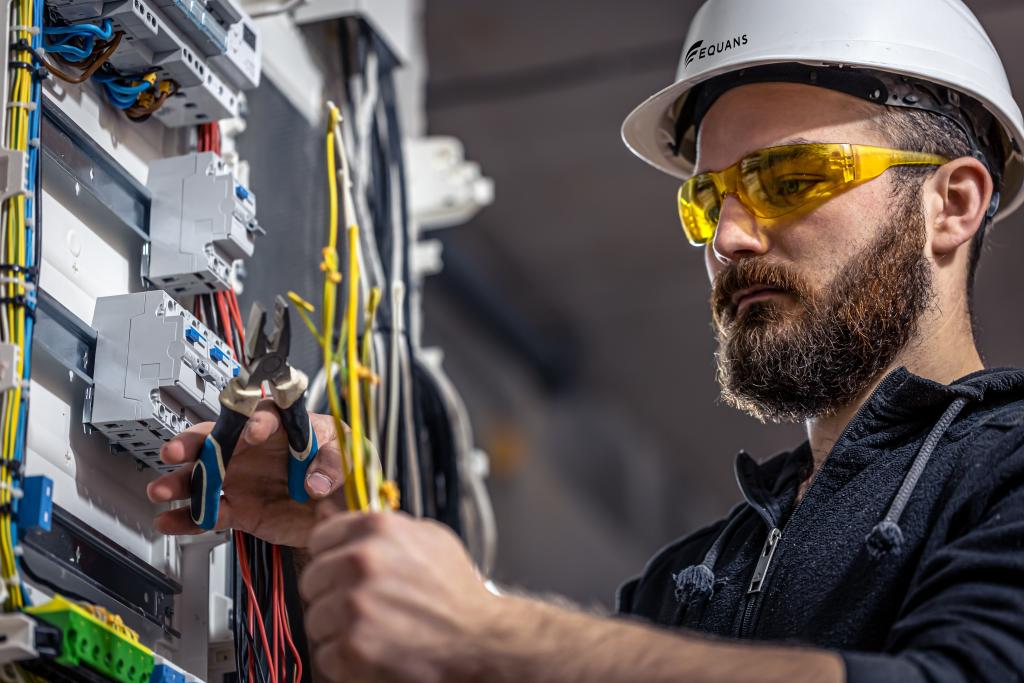
Diagnostics of rotating machines
We perform the following measurements to determine the condition of the equipment:
- measurement of all basic electrical quantities (U, I, R, f)
- measurement of harmonic components
- measurement of shaft voltages
- measurement of bearing currents
- comparative reflectometric measurements
- ..... and other oscilloscopic measurements
To refine or supplement the diagnostic results, we also perform basic vibration measurements.
After evaluating the set of measurements, we are able to suggest possible corrective measures.
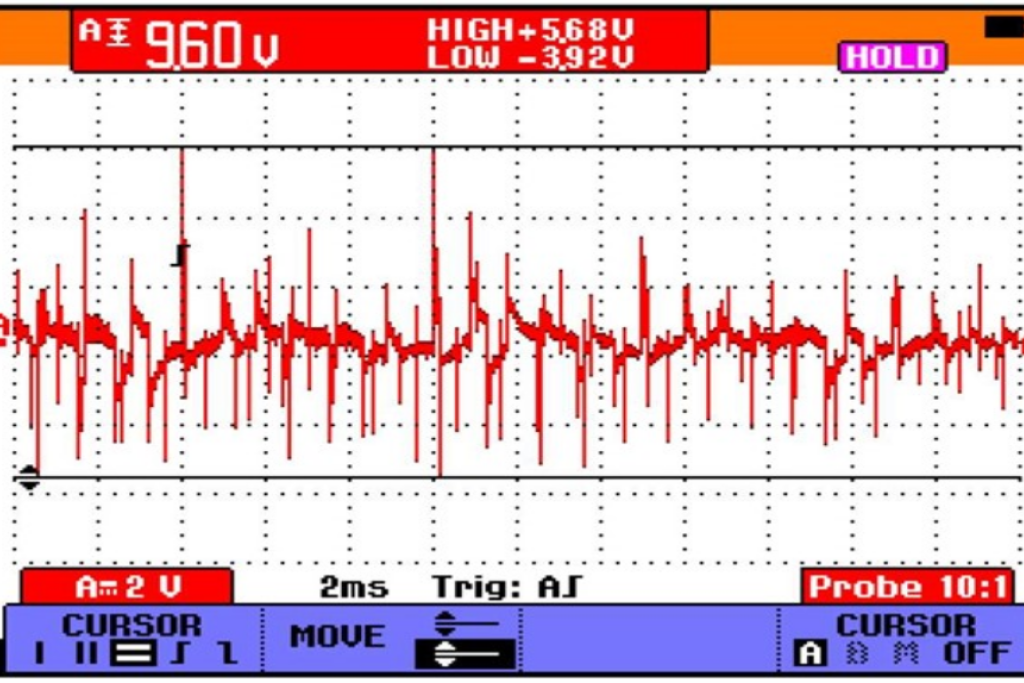
The measuring cable cars carry out:
- tracing of underground lines of low or high voltage electrical cables both energized and de-energized including finding the depth of installation
- finding and locating faults on low or high voltage cable using step voltage method, shock generator method or using A frame with non invasive and more cable friendly method
- the fault location can be pre-dimensioned with pulse radar, thus reducing the time to locate the fault location and reducing the time of heavier cable load
- when a high ohm fault is detected, a propellant generator can be used
- finding of sheath faults on high voltage cables
- high voltage tests up to 40 kV or portable equipment up to 80 kV, a high voltage test report can be issued from this measurement
The cable measuring car is equipped with equipment from the German company SEBA KMT, which includes a high voltage generator, a shock generator and a reflectograph. The equipment on the car also includes a VIVAX portable device for underground line tracing including cable fault locating. The cable car has a separate power station for independent power supply and functionality of the metering car.
The cable metering car is operated by trained test technicians , the equipment inside the car undergoes regular tests and inspections.
When a cable fault is found, subsequent repair can also be carried out.
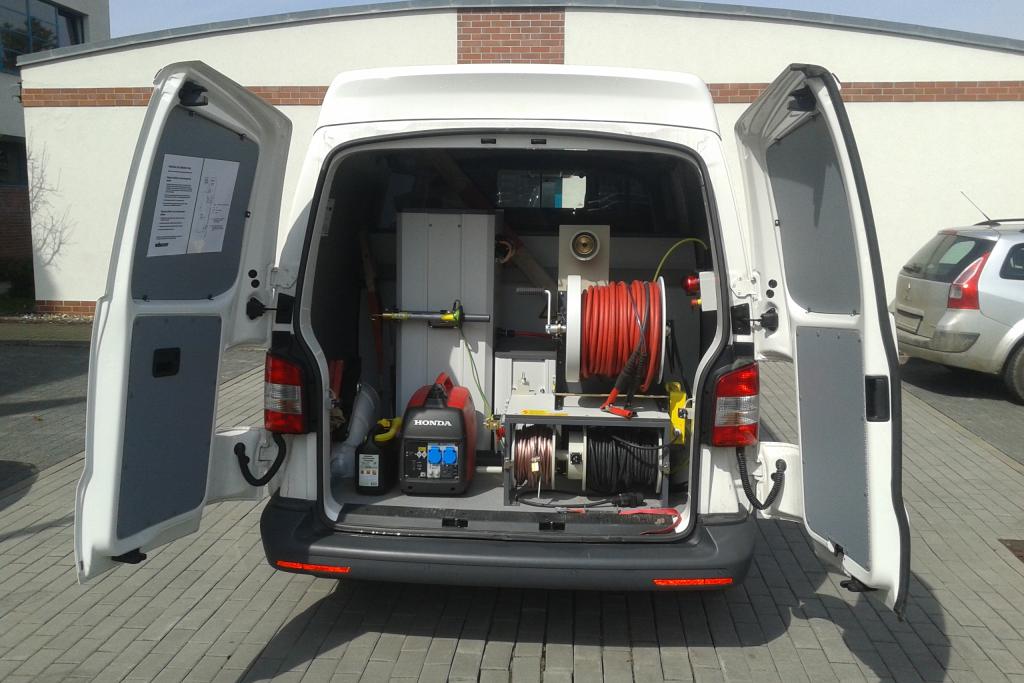
Cable testing and diagnostics
Before the first and re-commissioning, the functionality and reliability of the ground cables are tested at the place of use in accordance with the standards. Although the cables are also tested by the manufacturer prior to delivery, it is possible that they will not be damaged during installation. Couplings or terminations may also be defective. Testing is often mandatory for the construction companies carrying out the installation and for the network operator. Typically, a voltage corresponding to many times the rated voltage is connected to the cable for a certain period of time. The result of the test is a simple 'OK/Not OK' statement. With special instruments, both older cable types and the latest cable constructions can be tested.
Cable diagnostics serves to prevent and protect against failures and, in particular, to optimally plan condition-based maintenance, also defined by the acronym CBM (Condition Based Maintenance). The aim is to only carry out maintenance when it is actually needed. It is not optimal to carry out maintenance based on the operating time or the frequency of faults on a cable route. Loss factor (tan δ) measurements and partial discharge (PD) diagnostics provide the necessary information. These non-destructive methods use VLF test voltages. The analyses can be stored in a cable database, resulting in the ability to compile trend analyses. The diagnostic technologies can be used with both traditional paper insulated cables and state-of-the-art EPR/XLPE plastic insulated cables.
Measurement of touch and step voltages
Measurements are used to detect touch and stray voltages in large-scale power and industrial plants, as well as to determine the condition of the earthing system. The focus of EQUANS measurements is on the measurement of touch voltages on HV substations for power companies in the Czech Republic.
These measurements are performed with the GEP 10 set from EGÚ Brno. The measurements are performed with a relatively small current of about 15-20A at a frequency of 72Hz. This solution has the advantage that the selective millivoltmeter senses only the voltage at this frequency. The measurement is more objective than measurements at the common industrial frequency of 50Hz.
Measurements and assessments are carried out in accordance with technical standards and technological procedures set out in the company's internal directive.
Technicians performing the measurements are regularly trained and the measuring set is also subject to regular calibration.
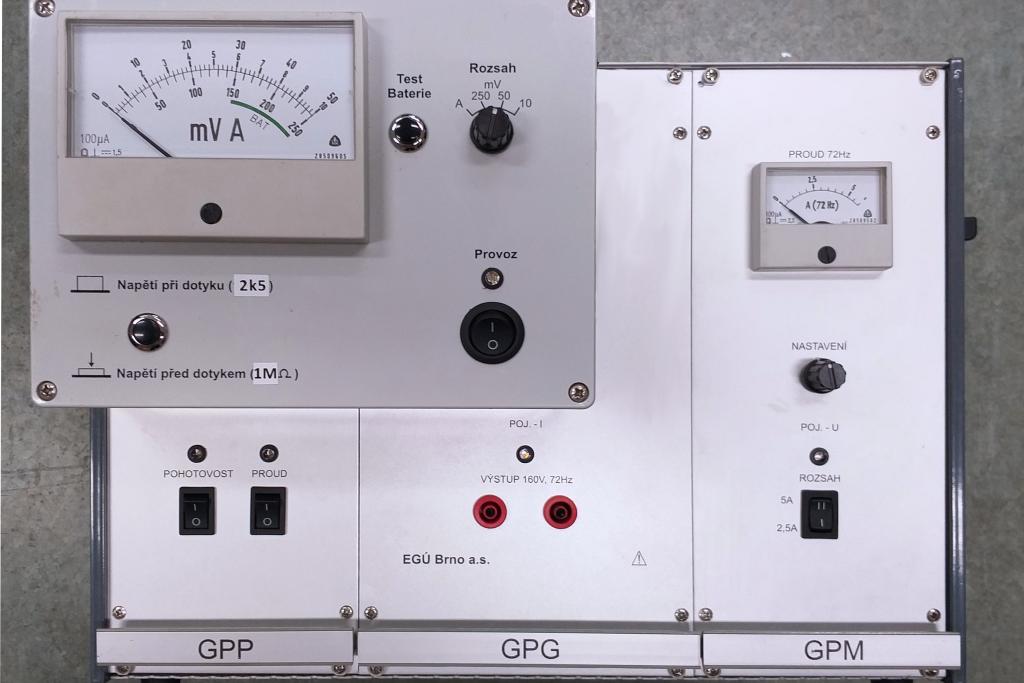
Thermal imaging is suitable:
- at regular inspections before shutting down the equipment for quick detection of imperfect current connections, transformer condition or for detection of warming of elements and connections in switchboards,
- at initial inspections after commissioning of the equipment (Quick and reliable work check),
-
at regular inspections of the equipment serviced by us.
Typical thermographic measurements performed by our company:
- heating of current connections of cables and busbars on LV, HV, VVN equipment
- heating of transformers
- heating of elements in switchboards
- heat leaks from buildings (windows, doors, thermal bridges on facades...)
- quality of thermal insulation of steam pipes
- heating of moving parts of machinery
-
in parallel with vibration measurements to predict the condition of bearings of asynchronous motors and connected equipment
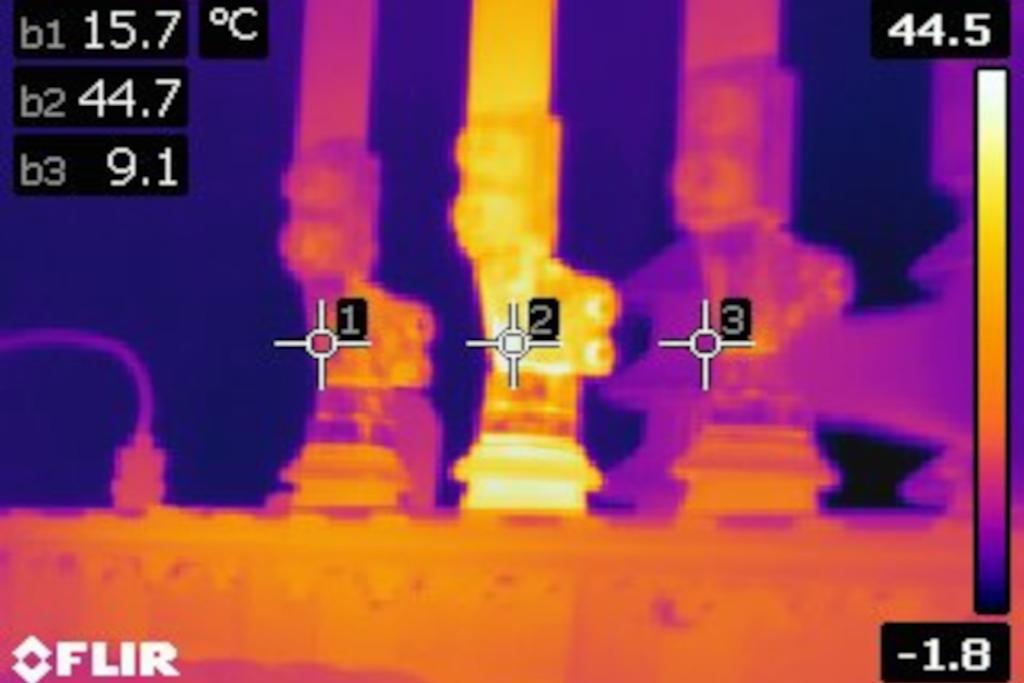
Measuring the illuminance
Light intensity is measured to maintain visual comfort during work activities. We can all imagine how uncomfortable it is to read in a dim room. That is why lighting intensity in workplaces, but also on pavements and roadways, is regulated by laws, decrees and technical standards - and there are not a few of them. The expert needs to be familiar with regulations ranging from the Labour Code to the Ministry of Health's hygiene limits (e.g. in schools and nurseries) to, for example, the lighting of surface quarries or, conversely, residential buildings) to the set of standards CSN EN 12 464, which address intensity values for specific workplaces.
The requirements for lighting intensity are usually already addressed at the project documentation stage, where the technical requirements are considered in the lighting design and the appropriate luminaires are proposed. This is why so-called isolux plans are part of the project documentation, showing what the expected values are. Our technical inspection then ideally just performs a control measurement of the network of points in the required space.
The measurement is performed with a so-called luxmeter - a device that is equipped with a photodiode that acts as a sensing element. The output of the instrument is a clear display from which a numerical value in lux is directly read.

Direct contact
- Michal Prokša - Head of Department
- Tel: +420 602 341 340
- michal.proksa@equans.com
Further contact
- Petr Votrubec - test technician
- Tel: +420 737 877 437
- petr.votrubec@equans.com
